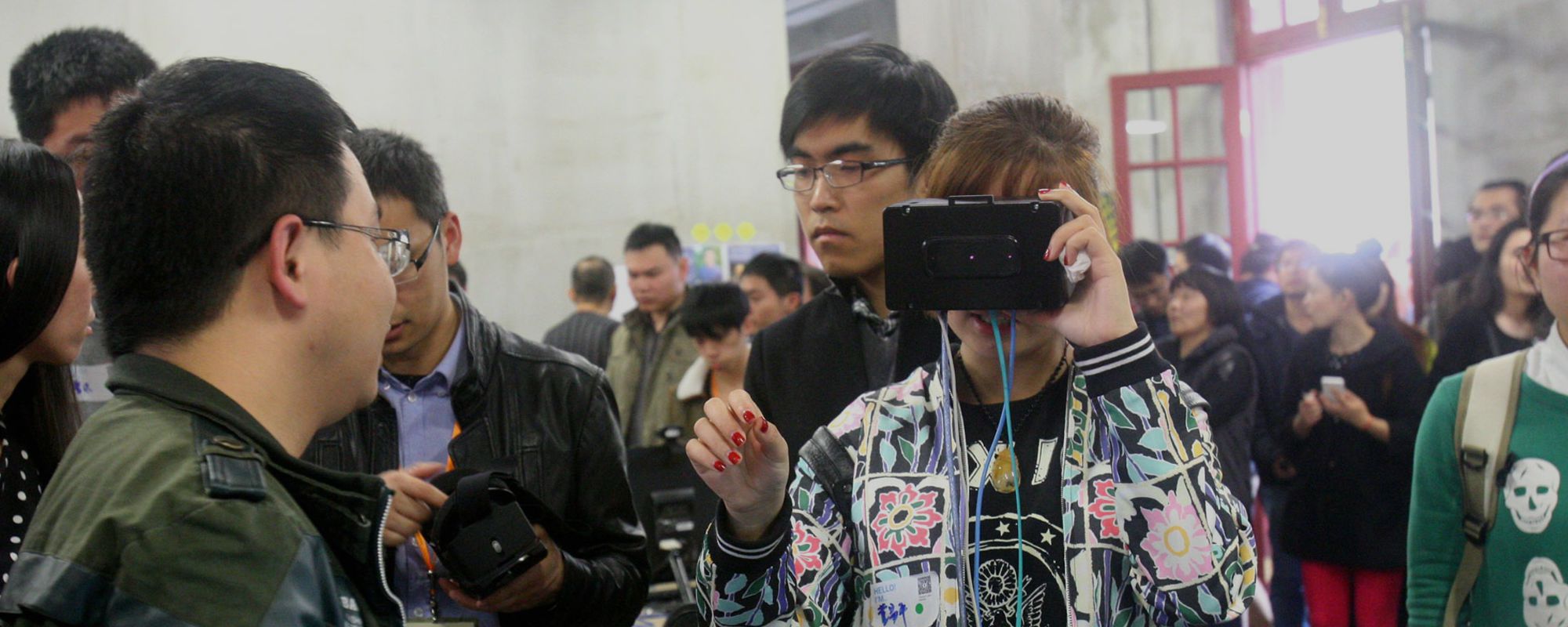Breaking down the Hurun Rich List
In order to find out the preferred places of residence, we will need to have a look at Hurun Research Institute’s aptly named Hurun Rich List. This list is an annual ranking of the country’s UHNWIs, which includes a list of the high-net-worth individuals’ names, their area of residence and their line of work.
- According to the findings, Beijing is the preferred choice of residence for 300 UNHWIs, down by 22 from the previous year. Regardless, they still account for 14% of the 2,130 individuals that have made the cutoff for the UNHWI list.
- Following up is Shenzhen. This city is China’s rising star in luxury consumption and wealth, and has been nicknamed China’s ‘Silicon Valley of the South’. Along with being home to Tencent and other many world-famous Chinese companies, Shenzhen boasts a total of 223 UNHWIs, a 28 increase from 2016.
- Coming in third is Shanghai, China’s equivalent of New York, with a total of 173 UNHWIs, with Hangzhou (home to Chinese E-commerce giant Alibaba) following on its tail closely with 153. Year over year increases of 11 and 30 individuals respectively.
The cities that follow but perhaps are not nearly as well-known for affluence are: Guangzhou, Suzhou, Hong Kong, Foshan, Ningbo, Chengdu, Nanjing, and so on.
What can we determine from all of this?
From assessing the popularity of these cities and the number of UHNWIs that live in each of them, we can determine two things:
- The distribution of where these UHNWIs live can be interpreted as these cities offering a good quality of life, under the assumption that these individuals have the economic freedom to migrate to and pick any city of their liking.
- It is also a good indication of the economic well-being of the cities themselves—suggesting where the lucrative industries that enabled these individuals to achieve the economic success are.
Take away for Luxury Brands. Which cities will provide value?
While the list is a good guideline to gauge which cities in China harbour the most ultra-rich, and in turn where the best money is; it may actually be difficult to figure out how to use the information for success.
Why?
The top three cities already have an established amount of luxury boutiques and shopping malls, with Shanghai boasting Omega’s largest flagship store in the world and Beijing’s SKP Mall becoming the most sought-after destination for consumers interested in luxury stores.
But?
In that case, is this list useless? Not at all. While the most popular cities do indeed have an established series of luxury boutiques and shopping malls that may prove troublesome to any new businesses, the second and third tier cities that are less well known like Suzhou, Foshan and Ningbo are all viable options regardless for luxury brands that wish to expand their physical sphere in China and in a way that lessens competition from massively more prominent and established brands in the city.
Don’t forget
To make things better, these lesser known cities still tend to boast a decent amount of UHNWIs, making it so that campaigns and strategies targeting these areas will still likely have a positive effect on your brand’s end of year figures.
Below we have provided a few of the lesser known cities that could be taken into consideration, along with the number of UHNWIs they each have, and the Year-Over-Year growth they have each experienced from 2016 to 2017.
Guangzhou: 90 (+12)
Suzhou: 53 (+4)
Hong Kong: 50 (+12)
Foshan: 39 (+5)
Ningbo: 37 (+8)
Chengdu: 34 (-3)
Nanjing: 38 (+8)
If you enjoyed reading this and would like to read more Marketing related content, feel free to take a look at our Chinese Marketing Case Studies Library!






